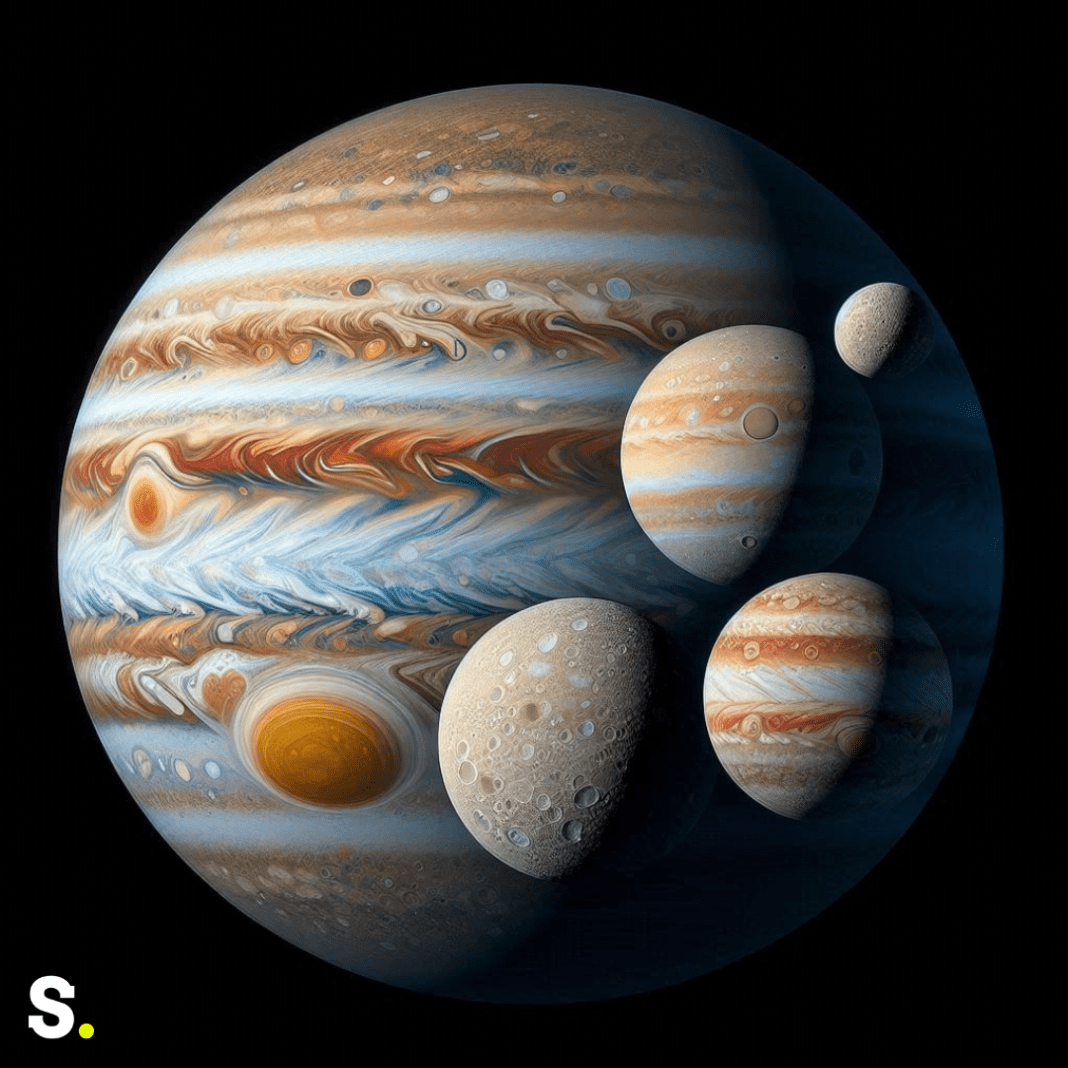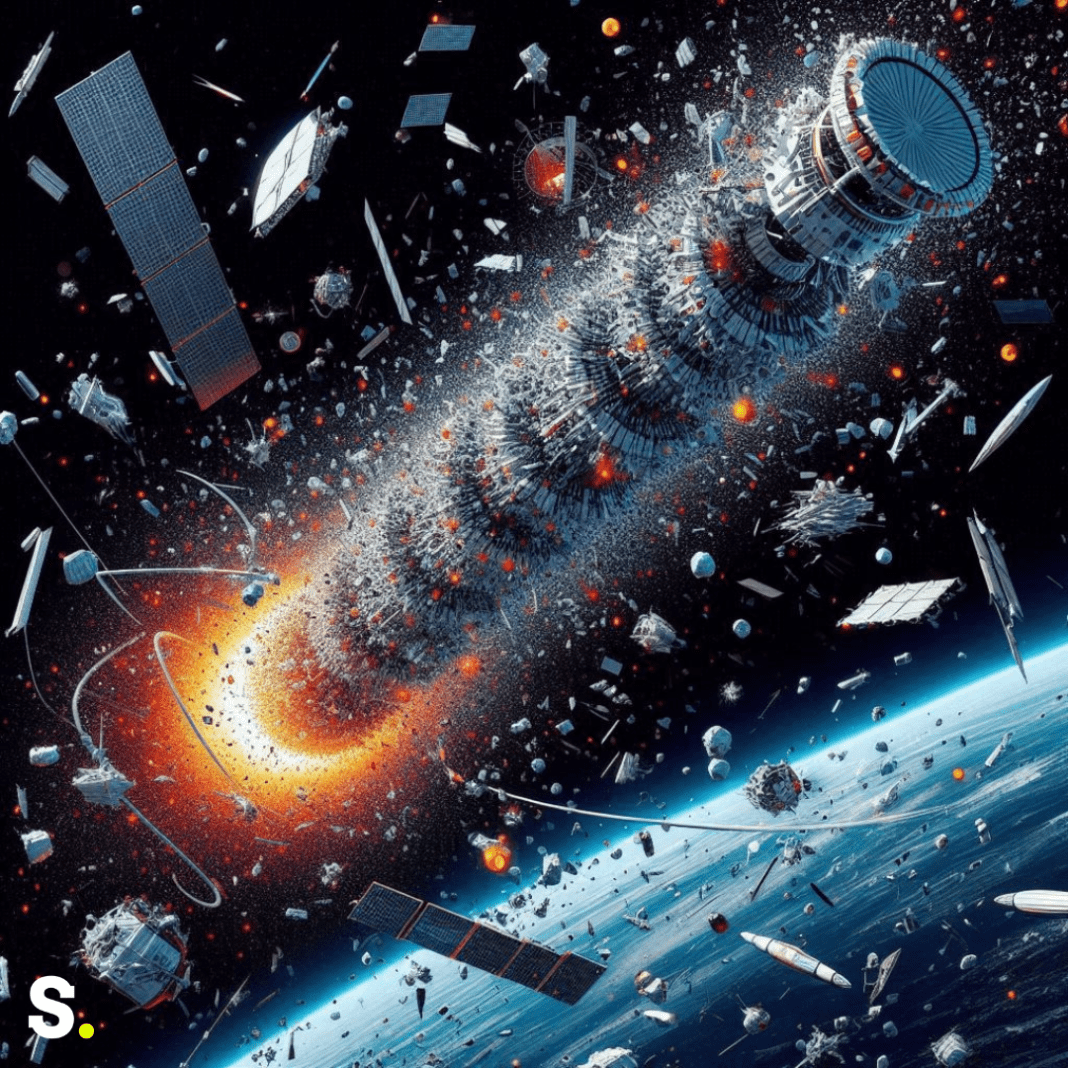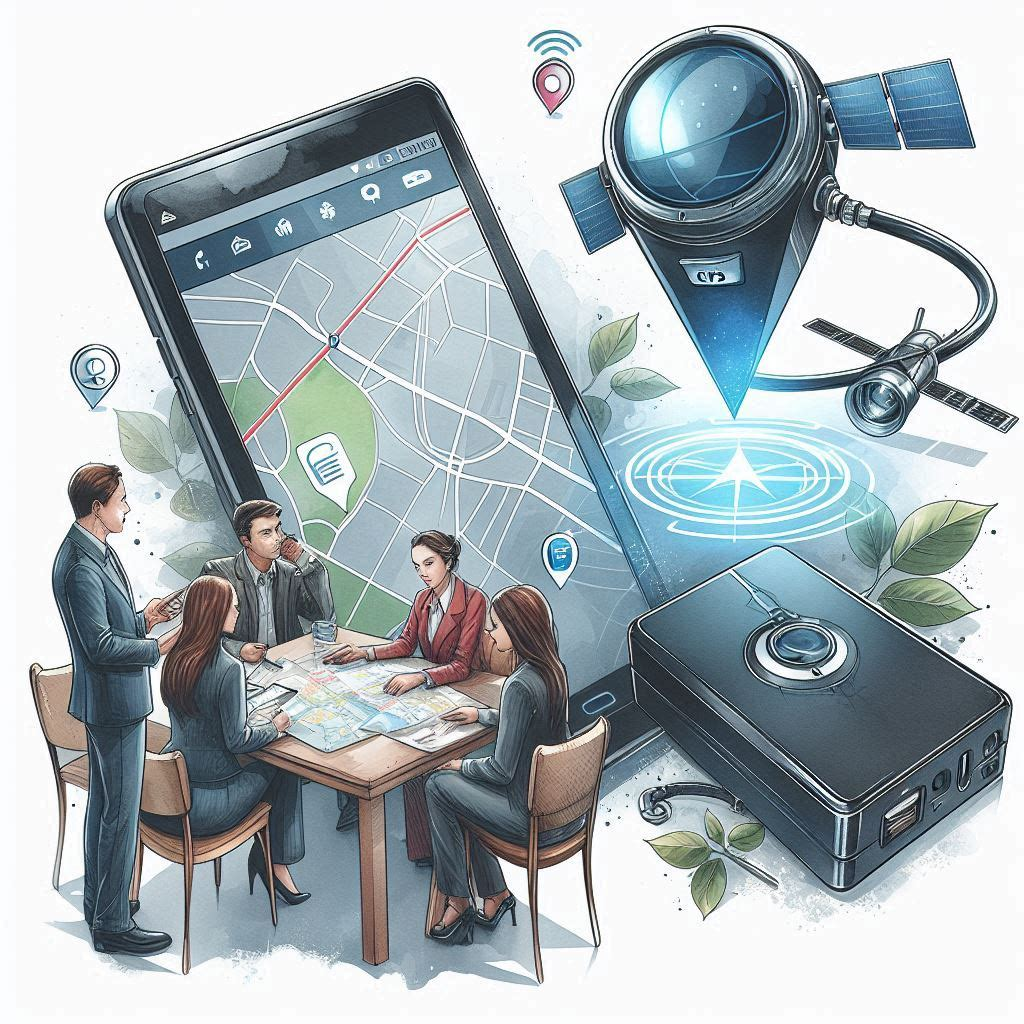The Jupiter Icy Moons Explorer (Juice), a spacecraft operated by the European Space Agency (ESA), is ready to set out on a daring mission that will test the limits of space exploration. Juice’s mission is to explore Jupiter’s icy moons, which are believed to hold conditions that could potentially support life. However, reaching these distant moons is a daunting task that requires a complex and risky series of maneuvers.
The Challenging Path to Jupiter
Jupiter is nearly 800 million kilometers away from Earth, making a direct journey nearly impossible with current technology. If Juice were to attempt a straightforward route, it would need an enormous amount of fuel—around 60,000 kilograms—just to reach the gas giant. Such a large fuel load is unfeasible for any spacecraft, so ESA had to come up with a more efficient plan.
This plan involves a series of gravity assist maneuvers, where Juice will use the gravitational pull of celestial bodies like the Moon, Earth, and Venus to change its speed and direction. This technique allows the spacecraft to save fuel by borrowing energy from these bodies. One of the most daring parts of Juice’s mission is the upcoming lunar-Earth flyby, which will take place on August 19 and 20. This maneuver is the first of its kind, involving a close pass by the Moon followed by an Earth flyby just 25 hours later.
The Risky Lunar-Earth Flyby
A crucial portion of Juice’s mission is the lunar-Earth flyby. As the spacecraft swings past the Moon, it will experience a reduction in speed. This slowdown is essential for the next part of the maneuver—a close flyby of Earth, which will further decrease its speed and adjust its trajectory. Juice will be sent toward Venus by this same series of events, and in August 2025, it will be given an additional acceleration.
The flyby is not without risks. Juice will pass very close to both the Moon and Earth, requiring extreme precision. Even the smallest mistake could throw the spacecraft off course, potentially ending the mission. However, if it works, Juice will be in the ideal position to travel to Venus and, eventually, Jupiter.
This arrangement of gravitational aids has been referred to by ESA as a “scenic route” within the Solar System. By carefully timing these maneuvers, Juice can make the most of the gravitational forces available, reducing the amount of fuel it needs to carry. This method is not only fuel-efficient but also allows the spacecraft to make a series of close encounters with different celestial bodies, providing valuable scientific data along the way.
Fuel Efficiency and Precision
One might wonder why slowing down is necessary for a spacecraft that needs to travel such a vast distance. Precise planetary alignments are required, and that is the answer. By reducing its speed now, Juice can position itself perfectly for future gravity assists. If the spacecraft were to speed up too early, it could miss the opportunity to use these gravitational boosts effectively.
This first braking maneuver is like taking a shortcut through the inner Solar System. It allows Juice to save fuel, which is crucial for the later stages of its mission. The fuel conserved through these gravity assists will enable Juice to conduct detailed scientific measurements when it finally reaches Jupiter’s icy moons. One of the mission’s goals is to orbit just 200 kilometers above the surface of Ganymede, one of Jupiter’s largest moons, to study its potential for hosting life.
Mission controllers have been working tirelessly to ensure that Juice’s course is precisely adjusted for the upcoming flybys. They are confident in the spacecraft’s ability to navigate this challenging path, but they also acknowledge the inherent risks. Since the lunar-Earth flyby is a first-of-its-kind operation, mistakes cannot be made.
During this critical period, Juice will remain in constant contact with ground stations on Earth. From August 17 to 22, mission operators will monitor the spacecraft around the clock, analyzing data and making any necessary adjustments. This close monitoring is essential for ensuring that Juice stays on course and successfully completes its flybys.
The upcoming lunar-Earth flyby is more than just a technical challenge; it’s also an opportunity for scientific discovery. As Juice passes close to the Moon and Earth, its instruments will collect and analyze data from these celestial bodies. This information will further our knowledge of the Solar System by shedding light on the habitats and surfaces of the Earth and Moon.
Juice’s adventure serves as an example to human creativity and the desire to venture into the unexplored. By using gravity assists, ESA is making the seemingly impossible task of reaching Jupiter’s icy moons a reality. The spacecraft’s bold mission will not only expand our knowledge of these distant worlds but also demonstrate the incredible precision and planning required for successful space exploration.




